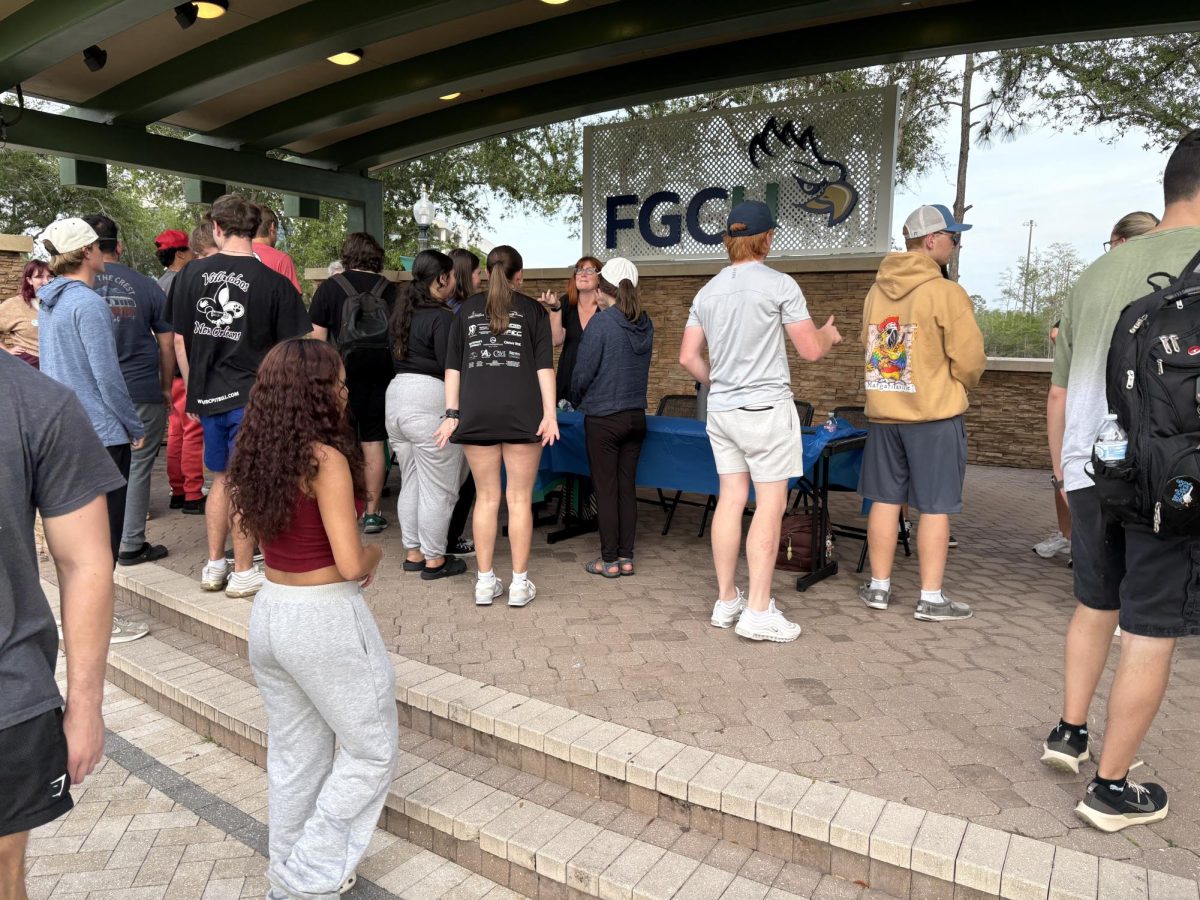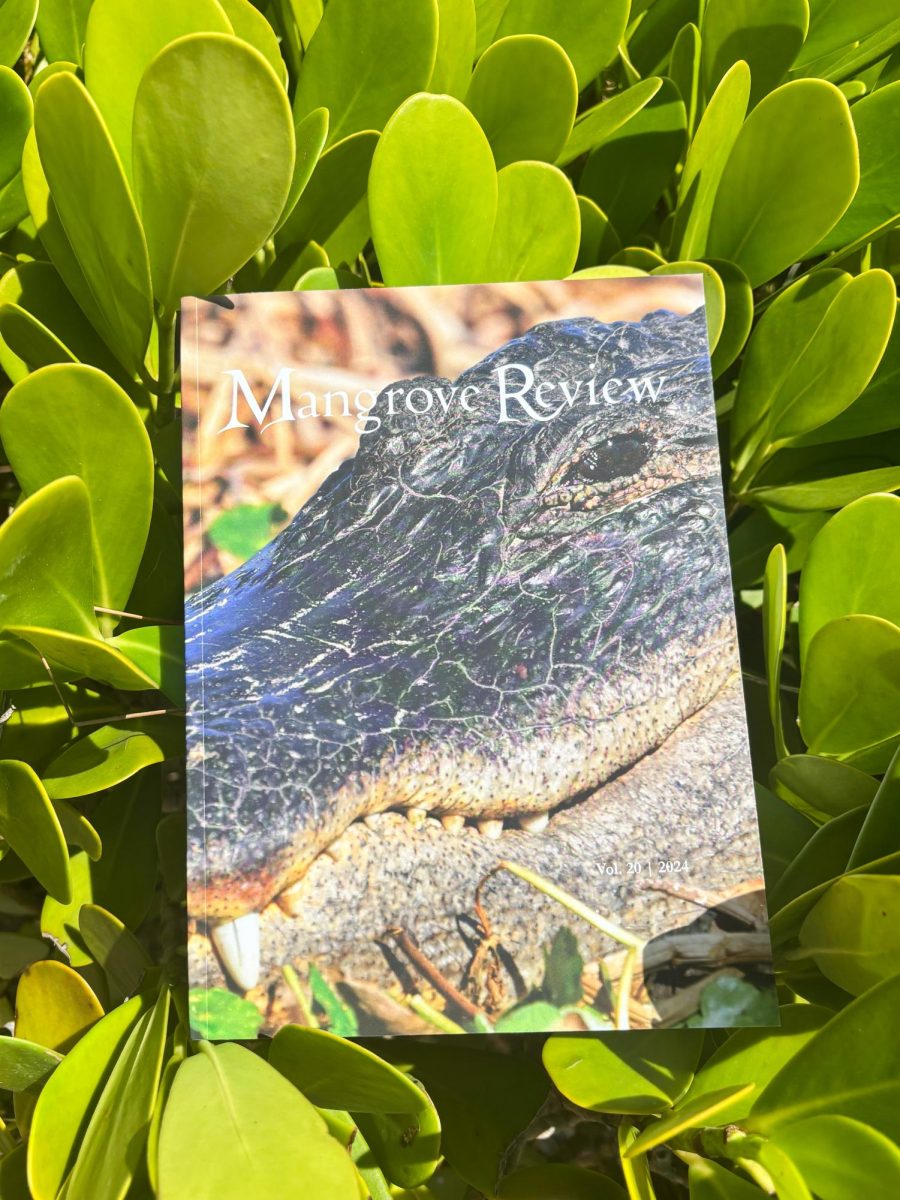FGCU Makes Final Push to Become a Hispanic Serving Institution
April 6, 2023
Updated to reflect the correct attribution for Cordova on April 9 at 10:02 p.m.
FGCU leaders have committed to better serving their student population, acquiring a title that would require the university to develop programs addressing the needs of a growing Hispanic student population.
For an institution to be given the Hispanic-Serving Institution (HSI) distinction, its undergraduate enrollment must be at least 25% Hispanic. There are 29 HSIs in Florida, including UCF and FIU. FGCU is closing the distance to the 25% threshold, with its Hispanic population falling between 22% and 24.5%.
To help achieve and prepare for meeting this goal, FGCU formed the HSI transition committee during the fall 2021 semester. The team consists of student and faculty leaders, and aims to achieve seven key goals. Each goal has a focus area team supporting it.
A few of the most notable goals are developing and enhancing new leadership programs for Hispanic students, developing high-impact practices for Hispanic students to learn outside of the classroom and the university gaining the ability to apply for HSI-specific grants.
The goals are as follows, according to the HSI Transition Committee: Strengthening/Improving Hispanic student retention in STEM disciplines, developing high-impact practices for Hispanic students to interact with faculty in research and experiential learning opportunities, enhancing searches to attract and retain more Hispanic faculty & staff, increasing/enhancing leadership programs for Hispanic students, strengthening/enhancing existing admissions recruitment efforts to sustain and build upon Hispanic student enrollment, strengthening/enhancing existing FGCU institutional relationships to the Hispanic Community in SWFL and to FGCU alumni and to begin to prepare various Federal Grant applications.
“Having that 25% population distinction allows us to be eligible to apply for different federal grants that are geared towards supporting Hispanic students, Hispanic faculty, Hispanic staff,” FGCU Vice President for Student Success and Enrollment and HSI Transition Committee Chair Mitch Cordova said. “And with those focus teams, we really want to ensure that we are really serving our students, not just meeting the requirements for the designation and not following through with it.”
Cordova added that the committee wants the demographic breakdown of the student body to be as similar as possible to that of the student body. For example, if FGCU reaches the 25% threshold to be considered an HSI, 25% of faculty would, ideally, be Hispanic as well. This would promote equity and the idea of students seeing themselves represented in the classroom.
FGCU has organizations with Hispanic majorities, including Latin American Student Organization and Lambda Upsilon Lambda. The initiatives taken on by the HSI transition committee will help support the numbers after achieving the distinction and add to the existing support of Hispanic students. A campus office aware of this change is the Multicultural Leadership and Development Center (MLD).
“We have some initiatives like Hispanic Heritage 365 that encourage celebrating culture all year round, not just during Hispanic Heritage Month in September and October,” MLD coordinator Victor Rios said. “Next year, we are hoping to increase the number of initiatives, and we’re thinking about collaborating more with student organizations, and also celebrating Día de los Muertos.” He could not divulge more specific initiatives.
On Feb. 22, Gina Garcia, a leading scholar on HSIs, visited FGCU. The event aligned with the HSI Transition Committee’s efforts. Garcia delivered a keynote speech, was part of a workshop, and met with students during her visit. A portion of the event had student attendees sharing their suggestions for how the institution can better serve Hispanic students and faculty.
“A great suggestion was making sure that there is Spanish translations and accessibility for people who only speak Spanish on campus, whether it be for families at orientation, or for students who just don’t know English,” FGCU senior Jules Bustamante said. “Also, we wanted to see more emphasis on intersectionality, seeing more Latine and Hispanic representation in positions of power, whether it be in student government, in faculty positions, or otherwise.”
Bustamante added that while FGCU is making efforts to become an HSI, many have not forgotten the treatment of Susana Rivera-Mills, former university presidential candidate, during her questioning before the Board of Trustees. Some believe that her status as a Hispanic woman impacted the questions she was asked by the panel. Bustamante hopes that FGCU delivers on its promises when making the HSI transition.
“I do hope that FGCU doesn’t just use [the Hispanic Serving Institution title] for a way to get students to apply and become enrolled,” Bustamante said. “I hope they do it to make a real impact on the lives of Hispanic students, and to let them know that they can succeed because so many of us come from first-gen backgrounds, so many of us come from low lower income backgrounds. I hope FGCU can acknowledge everything that Hispanic students go through and give them the respect that they deserve.”




























